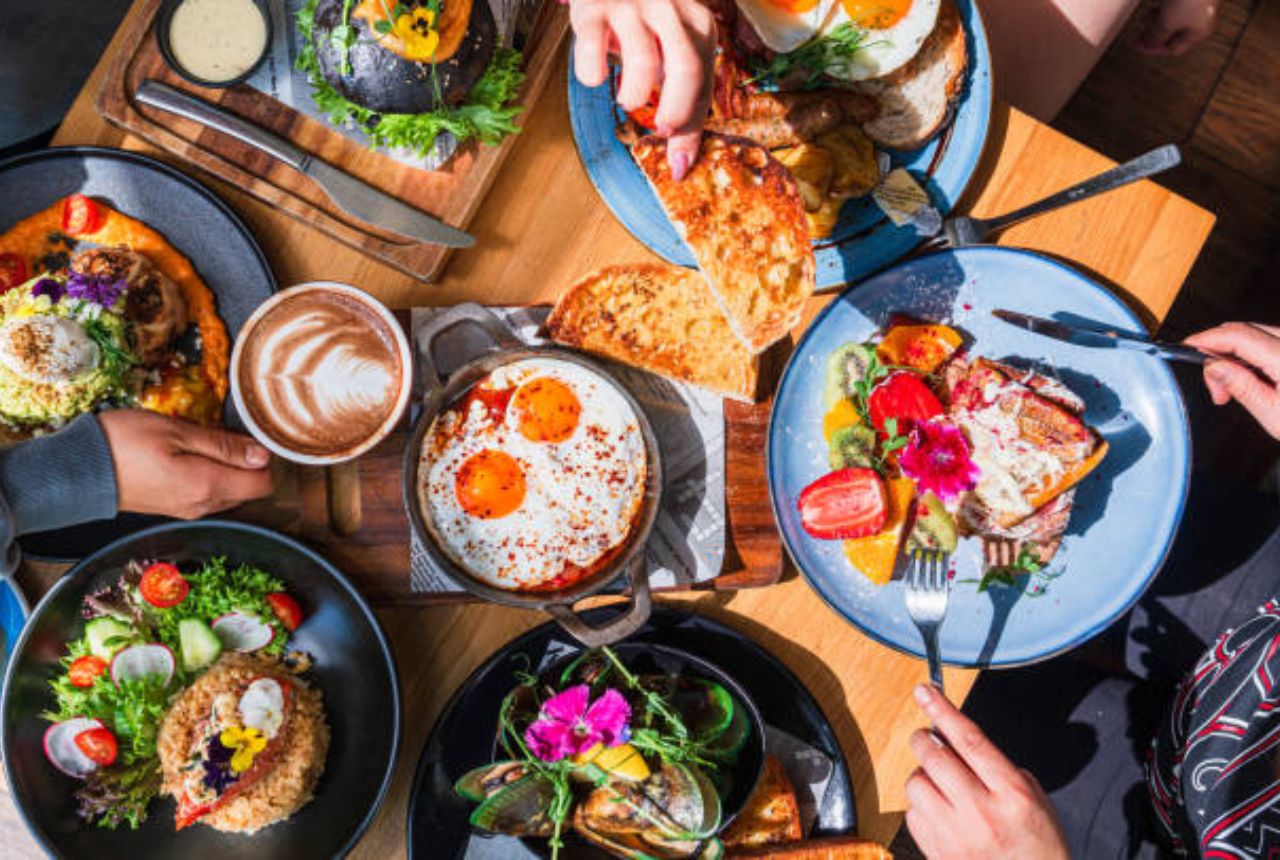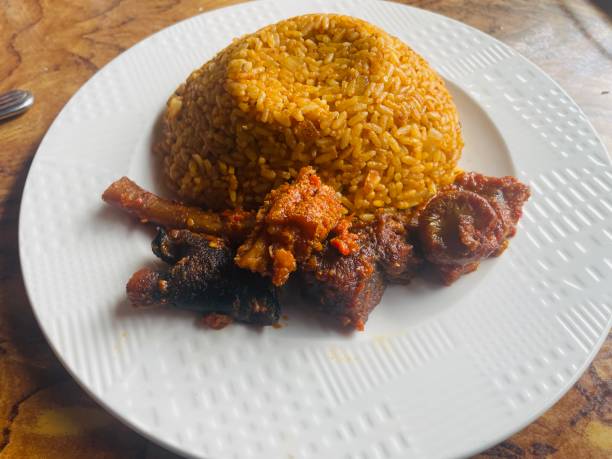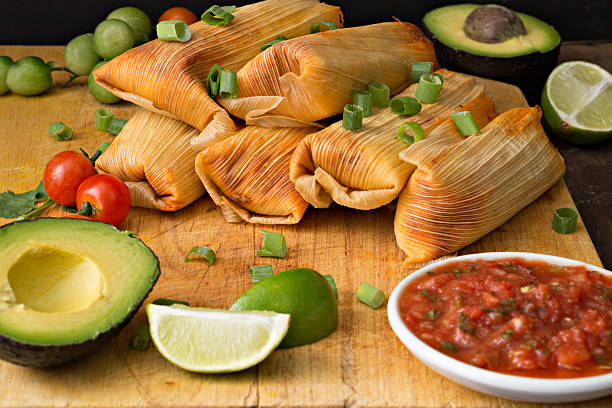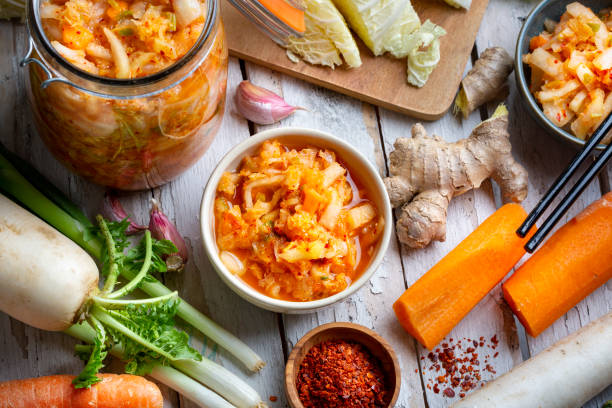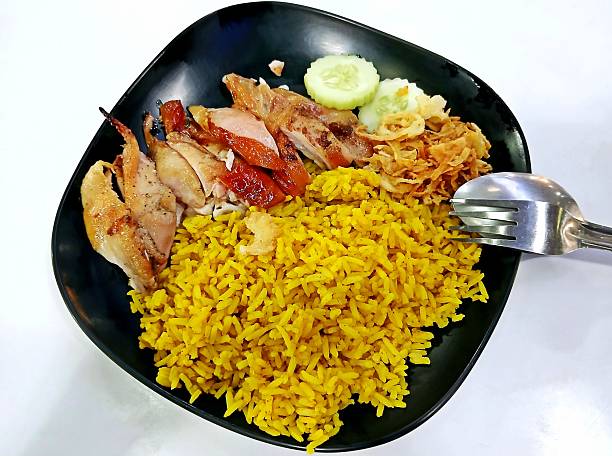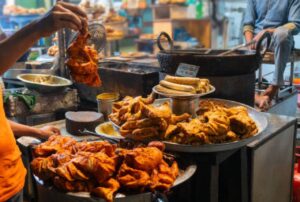Let’s be real for a sec—food isn’t just food. It’s comfort. It’s memory. It’s Grandma sneakily adding just a pinch more salt when she thinks no one’s watching. And most importantly? Food tells stories—of heritage, struggle, celebration, and everything in between.
Ever bitten into something and immediately felt like you were part of a tradition centuries old? That’s the magic of traditional dishes. They carry cultural identity in every bite—and IMO, they’re some of the most powerful storytellers out there (sorry, books).
Today, we’re digging into 10 traditional dishes from around the world that don’t just fill your belly—they whisper (or sometimes shout) the legacy of the people who made them famous.
1. Jollof Rice – West Africa’s Fiery Pride
Ah yes, the ultimate food fight starter: Ghana vs. Nigeria. If you’ve ever been caught in that crossfire, I hope you survived with your tastebuds intact.
Jollof rice is more than just a tomato-based rice dish. It’s the heartbeat of West African parties, weddings, and let’s be honest—any gathering that’s even remotely celebratory.
What makes it special?
- Spiced tomato stew base that gets cooked into the rice (not slapped on top… looking at you, impostors).
- Served with fried plantains, chicken, or beef.
- Each country swears theirs is best—and they’ll fight you over it.
Cultural backstory: Rooted in the ancient Jolof Empire (Senegal), this dish morphed and migrated, adapting flavors from colonization, trade routes, and regional spices. And no, we still don’t have a winner in the Jollof wars.
2. Tamales – Mexico’s Portable History Lesson
Ever spent Christmas making tamales with a Mexican grandma? If yes, I salute your patience. If no—you haven’t truly lived.
Tamales are corn dough parcels filled with meat, cheese, or veggies, wrapped in corn husks, and steamed until fluffy.
Why it matters:
- Ancient Aztecs and Mayans used tamales for wartime meals.
- They symbolize family unity—since making them is a whole team sport.
- Eaten during holidays, celebrations, and Sundays when mom feels generous.
Cultural vibe: Making tamales is as much about the process as the product. It’s how generations bond, stories are told, and recipes are never written down—because “just eyeball it” is the official rule.
3. Kimchi – Korea’s Fermented Symbol of Survival
Ever smelled kimchi and questioned your life choices? Yup, me too. But get past that sharp tang, and you’ll discover a flavor bomb that’s deeply tied to Korean identity.
Why kimchi’s iconic:
- Fermented cabbage with chili, garlic, and ginger.
- Every Korean family has their own secret version.
- It’s a side dish, but spiritually? It’s the main event.
Fun fact: During harsh winters, ancient Koreans made huge batches and buried them in the ground to survive the season. So yeah, kimchi = resilience.
4. Pho – Vietnam’s Aromatic Soul Food
You know that warm hug you wish you could get after a bad day? That’s pho.
Pho (pronounced “fuh”) is a noodle soup loaded with rice noodles, aromatic broth, herbs, and meat (usually beef or chicken).
What makes pho legendary?
- Slow-simmered bone broth infused with star anise, cinnamon, and cloves.
- Topped with lime, basil, bean sprouts, and sriracha (for the chaotic-good among us).
- A dish born from scarcity during French colonial rule—a blend of east and west.
Why it matters: Pho is the kind of dish that says, “I see you. Let me fix everything.” And honestly, it does.
5. Poutine – Canada’s Deliciously Messy Identity
Canada may be all politeness and snow, but when it comes to poutine, it gets proudly greasy.
Poutine = fries + cheese curds + brown gravy. That’s it. That’s the dish. And it’s glorious.
Cultural breakdown:
- Born in Quebec in the 1950s.
- Initially mocked, now a symbol of national pride and comfort food royalty.
- Shows how even “junk food” can be deeply rooted in a region’s soul.
FYI: If you’ve never tried squeaky cheese curds… you’re missing out on life’s simple joys.
6. Biryani – India’s Royal Rice Affair
Warning: Do not—I repeat, do NOT confuse biryani with plain curry and rice. That’s a crime in at least seven states in India.
What’s biryani?
- Fragrant basmati rice layered with spiced meat or vegetables.
- Cooked in a sealed pot (dum) so everything steams together.
- Comes in regional variations: Hyderabadi, Lucknowi, Kolkata… you name it.
The story it tells: Biryani began in the royal Mughal kitchens and has now traveled into street carts, weddings, and every Indian celebration ever.
Pro tip: Don’t trust anyone who says “just one serving” of biryani.
7. Feijoada – Brazil’s Stew of Strength
You know how some meals just knock you out into a food coma? That’s feijoada—and we respect it for that.
It’s a black bean stew packed with pork, sausage, and all the flavorful bits (yes, sometimes the “weird” ones).
Cultural punch:
- Originated from slaves who made the most of leftover meats.
- Evolved into a beloved national dish, usually served on Saturdays (because yes, you’ll need Sunday to recover).
- A symbol of Brazil’s fusion of African, Portuguese, and Indigenous roots.
8. Haggis – Scotland’s Bold Culinary Statement
Okay, look. I know the idea of eating sheep’s liver, heart, and lungs sounds… intense. But haggis is Scotland’s way of saying, “We’re tough, we’re proud, and yes, we eat this on purpose.”
What is haggis?
- A savory pudding made from sheep organs, onions, oats, and spices.
- Traditionally cooked in a sheep’s stomach (don’t freak out, modern versions use casings).
- Served with neeps and tatties (turnips and potatoes) and a side of bagpipes, probably.
Cultural backbone: Haggis is tied to Robert Burns, Scotland’s national poet, and their rebellious, bold spirit.
And if you ever hear a Scottish person defend haggis? Just nod. It’s safer that way.
9. Miso Soup – Japan’s Quiet Ritual
Not all food screams with spices. Some whisper with comfort, like miso soup.
Miso soup = fermented soybean paste + dashi broth + tofu + seaweed.
Cultural significance:
- A daily staple in Japan—served at breakfast, lunch, and dinner.
- Symbolizes simplicity, balance, and harmony.
- Acts as a warm-up for the main meal, yet many believe it’s the most important part.
Why it matters: Miso soup represents how Japanese cuisine honors seasonality, health, and subtle flavor. It’s low-key, but never boring.
10. Couscous – North Africa’s Staple of Celebration
Couscous might look like rice at first glance, but it’s not. And if you say that out loud in Morocco, expect judgmental stares.
Couscous is steamed semolina often served with lamb, vegetables, and spiced broth.
Why it’s iconic:
- A Friday staple after prayers—a time for family gatherings.
- Usually eaten communally from a large platter (hands encouraged).
- Symbolizes hospitality, tradition, and abundance.
Cultural heartbeat: In many homes, the preparation of couscous is a ritual—slow, mindful, and always shared.
Final Thoughts
So, next time you take a bite of something that’s been around for generations, pause for a second. Ask yourself: What story is this dish telling me?
Because here’s the truth—traditional food is history you can taste. It’s love passed down from grandmothers, a rebellion served on a plate, or a survival story wrapped in corn husks.
Hungry now? Yeah, me too. Maybe it’s time to try something new… or go convince your friend’s grandma to let you in on her secret recipe. Just don’t mess up the Jollof—they WILL come for you.
BTW: Got a favorite traditional dish you swear by? Drop it in the comments. Bonus points if it comes with a family feud or a spicy backstory.

